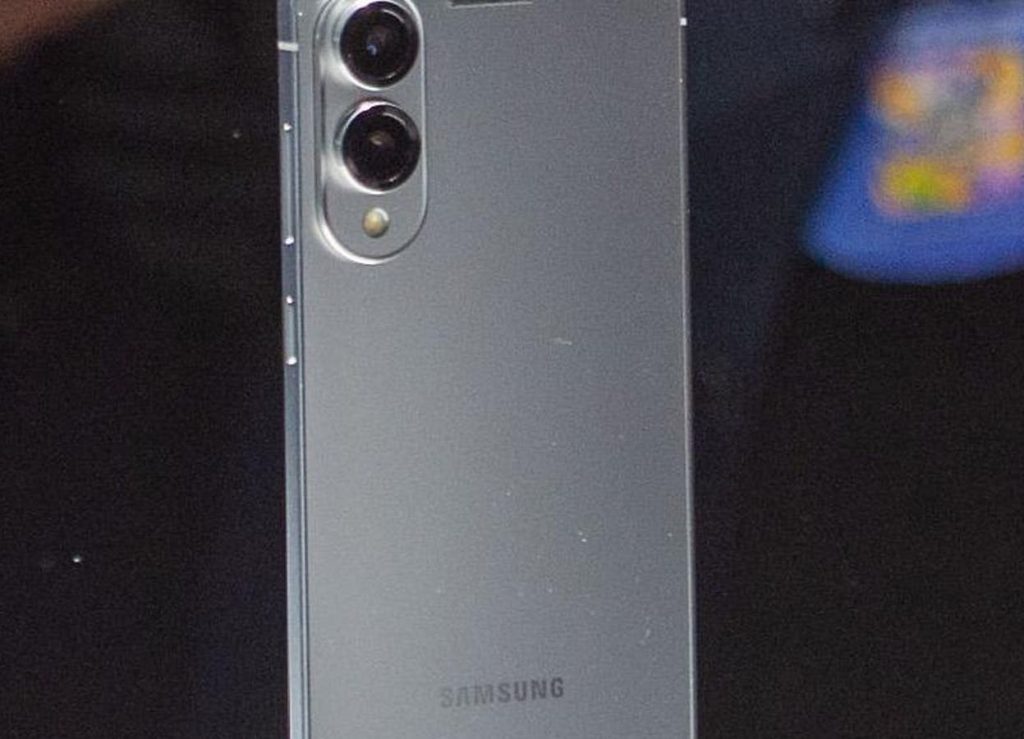Samsung’s February Challenge: Balancing S25 Success with Critical Security Updates and One UI 7 Rollout
Samsung kicked off 2024 with a bang, unveiling the highly anticipated Galaxy S25, a flagship device showcasing the company’s latest AI advancements in partnership with Google. However, the true test of Samsung’s success lies not just in the launch, but in the seamless integration of software and security updates that follow. February presents a crucial juncture for the tech giant, requiring a delicate balancing act between capitalizing on the S25’s momentum and addressing pressing security concerns impacting its broader user base.
While the S25 launch dominated headlines, a looming security vulnerability has cast a shadow over Samsung’s February agenda. Google’s disclosure of CVE-2024-53104, a zero-day vulnerability under active exploitation within Android’s Linux kernel, has highlighted the challenges Samsung faces in delivering timely security updates across its vast device ecosystem. This vulnerability, which mishandles video frames and potentially destabilizes memory, underscores the urgency for a swift and comprehensive fix. While Google has patched the vulnerability, Samsung’s February security update, surprisingly, omits this critical fix, raising concerns about the company’s update process. The delay in addressing a vulnerability under active exploitation amplifies user anxieties, particularly given the potential for wider attacks as more users become aware of the issue.
Compounding the security concerns is CVE-2024-45569, a critical vulnerability affecting Qualcomm chipsets. While Samsung’s delayed inclusion of third-party component fixes is not uncommon, the absence of this particular patch further underscores the complexity of managing updates across different hardware configurations. Although there are no current reports of active exploitation, the potential impact on a significant portion of Samsung’s user base warrants close attention.
Meanwhile, new Galaxy S25 owners face a different, albeit less critical, update hurdle. The current firmware for the S25 ships with December’s security update, highlighting the lag between initial device release and the latest security patches. While a prompt update is expected, this initial discrepancy serves as a reminder of the ongoing challenges in ensuring consistent and timely updates, even for flagship devices. The promised Pixel-like seamless updates for the S25, a first for Samsung, offer hope for improved future updates, but the immediate impact on resolving this initial delay remains to be seen.
As Samsung grapples with these security updates, Galaxy S24 owners eagerly await the stable release of One UI 7, the highly anticipated update bringing Android 15 to the masses. This major upgrade promises significant improvements in security and functionality, making it a crucial update for Samsung users. While officially slated for release by the end of the first quarter, there is growing speculation of a potential delay, with indications suggesting that the February security update may precede the One UI 7 rollout. This prioritization of security patches, while necessary, further amplifies the anticipation and frustration among S24 users awaiting the feature-rich One UI 7 experience.
The confluence of a critical zero-day vulnerability, a pending Qualcomm fix, the rollout of a new flagship device with an outdated security patch, and the delayed arrival of One UI 7 creates a complex challenge for Samsung. Navigating this intricate landscape requires a concerted effort to prioritize user security while simultaneously delivering on the promise of innovative features and a seamless user experience. The company’s response to these challenges will be a defining moment, shaping user perception and ultimately influencing the long-term success of the Galaxy S25 and the overall Samsung ecosystem. The coming weeks will be crucial for Samsung to demonstrate its commitment to timely updates and transparent communication with its user base.


